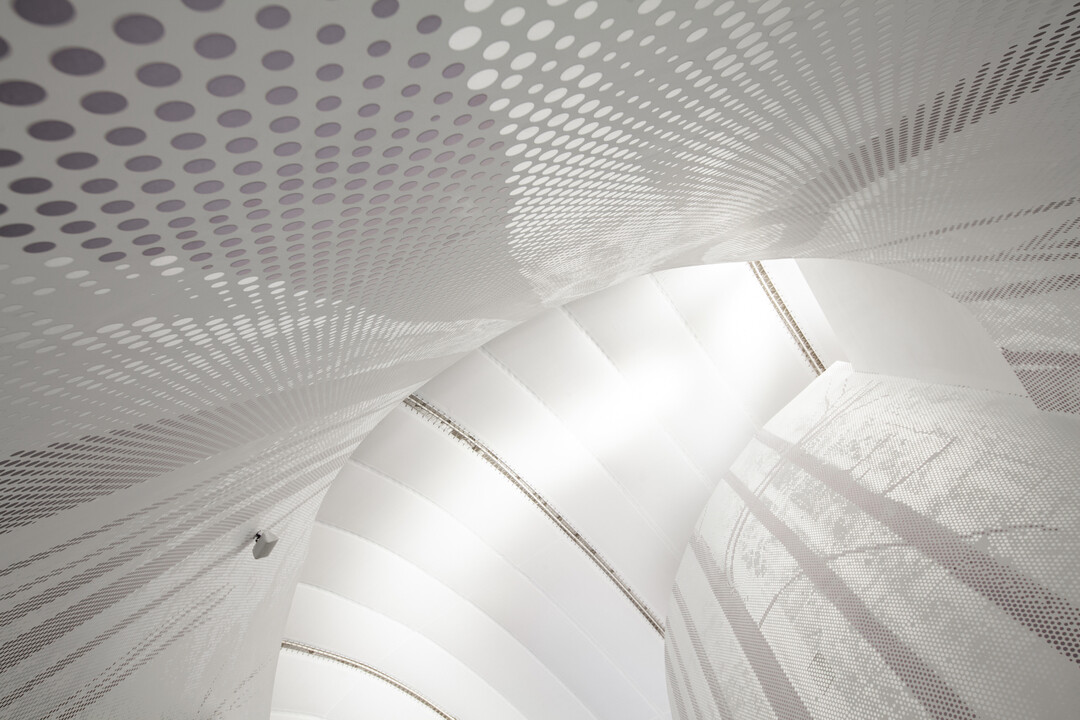
Members Only
Please join as a member and click "Members Only" to read more complete articles and exclusive content.

Please join as a member and click "Members Only" to read more complete articles and exclusive content.
豐田極簡宅
都市住宅的新原型
這座住宅位於日本愛知縣,屋主是年輕夫妻,家中有兩名孩童。住宅坐落於東西向的狹長基地,西側道路車流量大,而南北緊臨其他建築,二樓的東南側有大片窗戶。此建築量體的正面為「2間」(3.6公尺;註:「間」為日本傳統長度單位,1間約為1.8公尺)×深度7.5間(13.6公尺);15坪(50平方公尺)×2層樓=共30坪(100平方公尺),高度約為6公尺,整體建築區分為三層。客廳東南牆的大型窗能連接都會的虛空間。面向街道的餐廳與廚房外則設有陽台,且佈有雨遮蔽與網狀立面。側面的半透明牆體完全將光線與風的變化引進屋內,同時又與城市保持適當距離。
為確保全年節能且居住舒適,建築皮層與機械設備著重能源效率。在有條件的預算前提下,建築師設法簡化材料、省去不必要的室內裝飾、善用物美價廉的設備,以達到室外隔熱高效能,築構了溫暖木質空間,裸露的木結構、地基、管線與線路,利於屋主暸解建築結構於日後自行修繕與維護。這幢建築是在全球面臨環境危機的時代下,給予都市建築新原型的提案,建築師盼能藉此打造出對內(家庭)、對外(城市)開放,同時充滿陽光、微風、天然原始材料且令人欣喜的建築,節省施工原料及不必要的廢棄物。
實現高抗震舒適條件,以及健康的土壤環境
本建築以結構式合板來打造承重牆,每層樓的短邊在適當間隔會設置鋼斜撐,達到高抗震效能(三級),同時消除地板高低差與風壓所產生的變形,並確保空間彈性與透明度。三層樓的高度降低到6公尺以下,而屋頂構造元件數量也較少,室外隔熱層上方採用3.5吋的方形木材,在護板與瀝青頂層地面上則有折疊式屋頂。此一手法有助於簡化屋頂框架,減少梁的需求。建築物採用室外隔熱、高效能窗框與屋簷設計,因此外層可達到極高效能:熱傳導係數UA値0.49(零耗能住宅標準〔ZEH+ standard〕)、玻璃日射透過率(ηAC value)為2.2(優於節能標準)。本屋採用位於地板下的單一空調,並建構通風路徑,運用風扇和導管,即可把冷暖氣送到各個區域,以低成本打造舒適的溫度環境。此外,整體基地在室外(包括泥土)挖掘溝與洞、埋設有機材料,讓水與空氣能在泥土中移動,藉以改善環境,即使是業餘建築者也做得到。